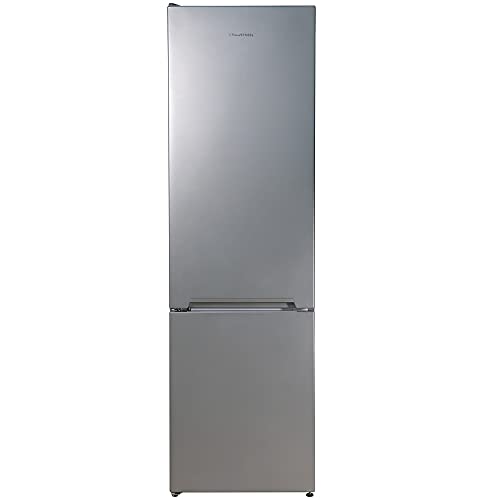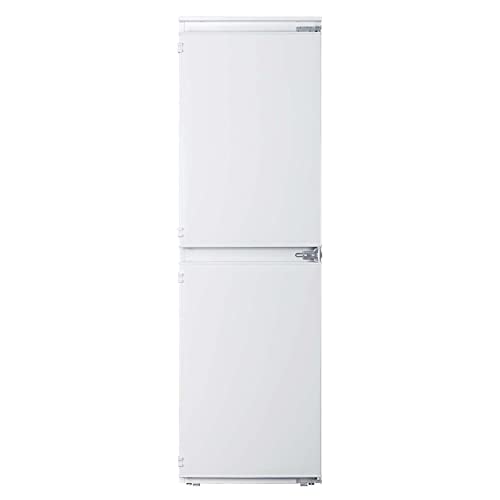buy-fridge-freezers4842
buy-fridge-freezers4842
3 Reasons Commonly Cited For Why Your Fridges Isn’t Working (And The Best Ways To Fix It)
The Ultimate Guide to Buying a Fridge: Making Smart Choices for Your Kitchen
When it concerns vital kitchen area home appliances, few products are as essential as a refrigerator. It is the heart of the kitchen– keeping your food fresh and your active ingredients at optimal temperatures. Nevertheless, picking the ideal fridge can be an overwhelming task, provided the variety of designs, sizes, and technologies available on the marketplace. This guide will offer valuable insights into the aspects to think about when purchasing a fridge, common types, and regularly asked concerns to help you make a notified choice.

Key Factors to Consider When Buying a Fridge
To simplify your decision-making process, here are the core factors one need to think about when aiming to buy a fridge:

1. Size
- Cooking area Space: Measure the space in your cooking area where the fridge will be placed. This consists of examining entrances to guarantee the fridge can be delivered without issue.
- Capability: Consider how much food you generally keep. A larger household might need a fridge with a capacity of 20-26 cubic feet, while smaller families might find 10-18 cubic feet enough.
2. Design
- Top Freezer Refrigerators: A conventional choice that features a freezer on top. They are normally more inexpensive and energy-efficient.
- Bottom Freezer Refrigerators: Offers convenience by positioning the refrigerator section at eye level. Suitable for those who access fresh food more often.
- Side-by-Side Refrigerators: Provides easy access to both freezer and fresh food sections. Excellent for narrow kitchen areas.
- French Door Refrigerators: Combines the benefits of bottom freezers with side-by-side designs. They frequently feature additional features such as ice and water dispensers.
- Compact Refrigerators: Perfect for little spaces like dormitory spaces or workplaces.
3. Energy Efficiency
- Look for energy-efficient models to save money on electrical power costs. Inspect the Energy Star label, which suggests that the home appliance fulfills or surpasses energy performance standards.
- Think about the typical yearly energy consumption reported in kilowatt-hours (kWh).
4. Features
- Ice and Water Dispenser: Convenient for instantaneous access to ice and filtered water.
- Smart Technology: Some fridges come equipped with Wi-Fi connection that permits you to keep an eye on and change settings from your mobile phone.
- Adjustable Shelves and Bins: For customizable storage to accommodate high items.
- Temperature Level Control Zones: Different locations may have different environment controls for optimum storage of numerous foods.
5. Price
- Set a spending plan. Fridge rates can vary from a couple of hundred to a number of thousand dollars depending on design, size, and features.
- Consider extra expenses such as prolonged service warranties, delivery, and installation.
Comparative Table of Popular Fridge Styles
| cheap fridge freezers Uk Style | Typical Price Range | Pros | Cons |
|---|---|---|---|
| Leading Freezer | ₤ 400 – ₤ 1,200 | Inexpensive, energy-efficient | Limited functions |
| Bottom Freezer | ₤ 900 – ₤ 2,500 | Easy access to fresh food | Can be pricey |
| Side-by-Side | ₤ 600 – ₤ 3,000 | Good company, easy gain access to | Freezer space can be restricted |
| French Door | ₤ 1,200 – ₤ 4,000 | Roomy, trendy, frequently feature-rich | Higher rate point |
| Compact | ₤ 150 – ₤ 600 | Space-saving, portable | Minimal storage capability |
Regularly Asked Questions (FAQs)
1. For how long do fridges normally last?
Typically, a well-maintained refrigerator can last around 10 to 20 years. Regular maintenance, such as cleaning the coils and inspecting door seals, can lengthen its lifespan.
2. How can I maintain my fridge efficiently?
- Keep the coils clean to help maintain energy performance.
- Guarantee that the door seals are tight to prevent cold air from leaving.
- Regularly defrost (if suitable) and clean the interior to prevent build-up of germs and odors.
3. Do I require to spend for shipment and installation?
Most retailers charge for delivery and installation, however this charge can sometimes be waived during promos. Constantly validate the charges before finishing your purchase.
4. What should I do if my fridge is not cooling appropriately?
Start by checking the temperature settings and make sure the vents are clear of any obstructions. If the concern persists, it may be necessary to speak with an expert repair work service.
5. How can I figure out the size of the fridge I need?
As a basic guideline, permit about 4 to 6 cubic feet of area per individual in your family. However, this can differ based upon specific cooking and storage practices.
Purchasing a refrigerator may seem simple, however it needs cautious consideration of different elements. By assessing your needs and preferences in regards to size, design, features, and energy efficiency, you’re much better placed to choose a fridge that will serve your home well for years to come. This guide intends to streamline the complexities associated with fridge shopping, empowering you to make an informed decision that will enhance your cooking area experience. Whether you’re upgrading or buying your very first unit, a little research study can lead to a refrigerator that perfectly fits your way of life and cooking routines.



